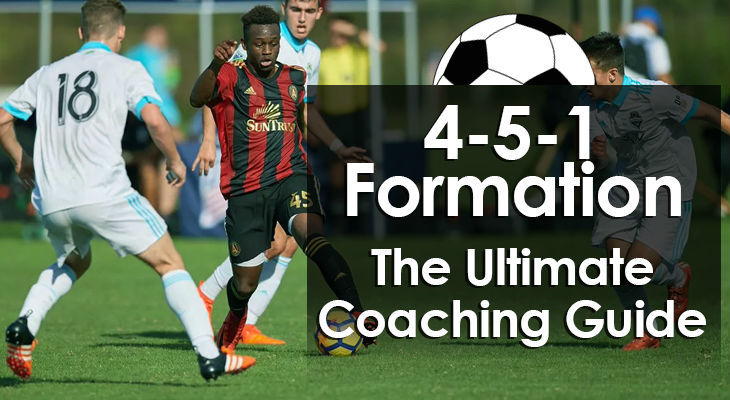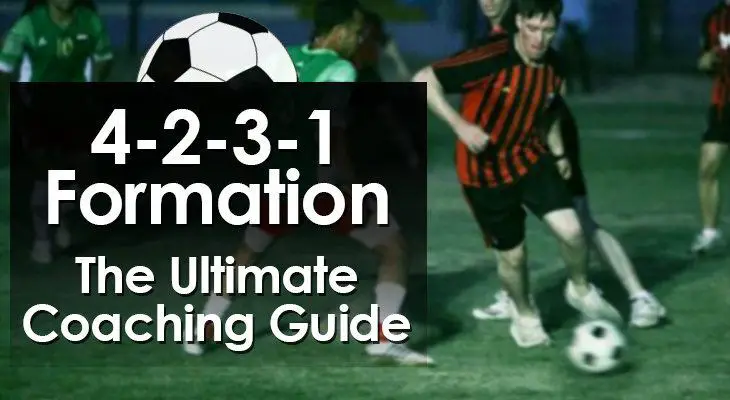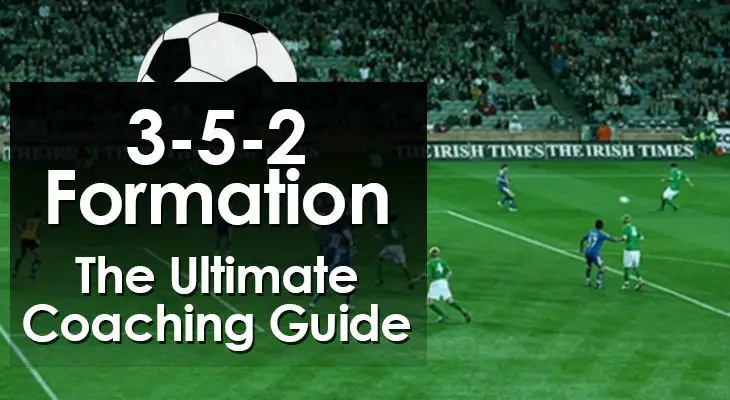- Home
- Soccer Formations
4-1-4-1 Formation – The Ultimate Coaching Guide
The 4-1-4-1 formation affords you a great deal of tactical flexibility and fluidity in terms of how you line up and this makes it a very useful formation, particularly if you have the appropriate personnel for it.
If you’re lacking a clinical striker, however, or the right player in the holding role, then you may be better off experimenting with another setup.
To give you a better idea of whether the 4-1-4-1 suits your team, let’s now take a look at what is needed to play the formation as well as some of its strengths and weaknesses.
After that, we’ll then examine each position and look at how to defend and attack using the 4-1-4-1 formation.
Continue reading5-3-2 Formation – Ultimate Coaching Guide (With Images)
The 5-3-2 formation is very defensive and can be a tough proposition for any team to face.
This is because it’s so hard to break down with five defenders sitting in front of the box and three midfielders hounding the opposition in front of them.
While it’s often used by teams hoping to sit back and snatch a win against a superior opponent, the formation can be surprisingly attack-minded. This depends on the personnel you have available to you though and the instructions you give the players.
Continue reading4-5-1 Formation – The Ultimate Coaching Guide
The world of soccer tactics is always evolving.Just as trends and formations begin to dominate, a new strategy emerges, shifting the entire landscape once again.The 4-5-1 is a shape that’s been around for some time but only truly rose to prominence when coaches started looking for alternatives to a 4-4-2.Rather than play fast-paced, counter-attacking soccer […]
Continue reading4-2-3-1 Formation – The Ultimate Coaching Guide
The 4-2-3-1 is among the most popular formations in soccer today.Tune in to any Spanish league game and you’re likely to see one if not both teams line up in this shape.Essentially, the 4-2-3-1 was born out of a traditional 4-4-2.Through specialist players in the double pivot and center attacking midfield roles, the adaptation counters […]
Continue reading3-5-2 Formation – The Ultimate Coaching Guide
Attacking penetration, defensive solidity, and possession control…these are all trademarks of a team playing in a 3-5-2 formation.For the right team, with the right players, the 3-5-2 can prove deadly against any opponent.The midfield offers flexibility and can be adapted to the opposition, whether you want to be defensively sound or more threatening in attack.Success […]
Continue reading




